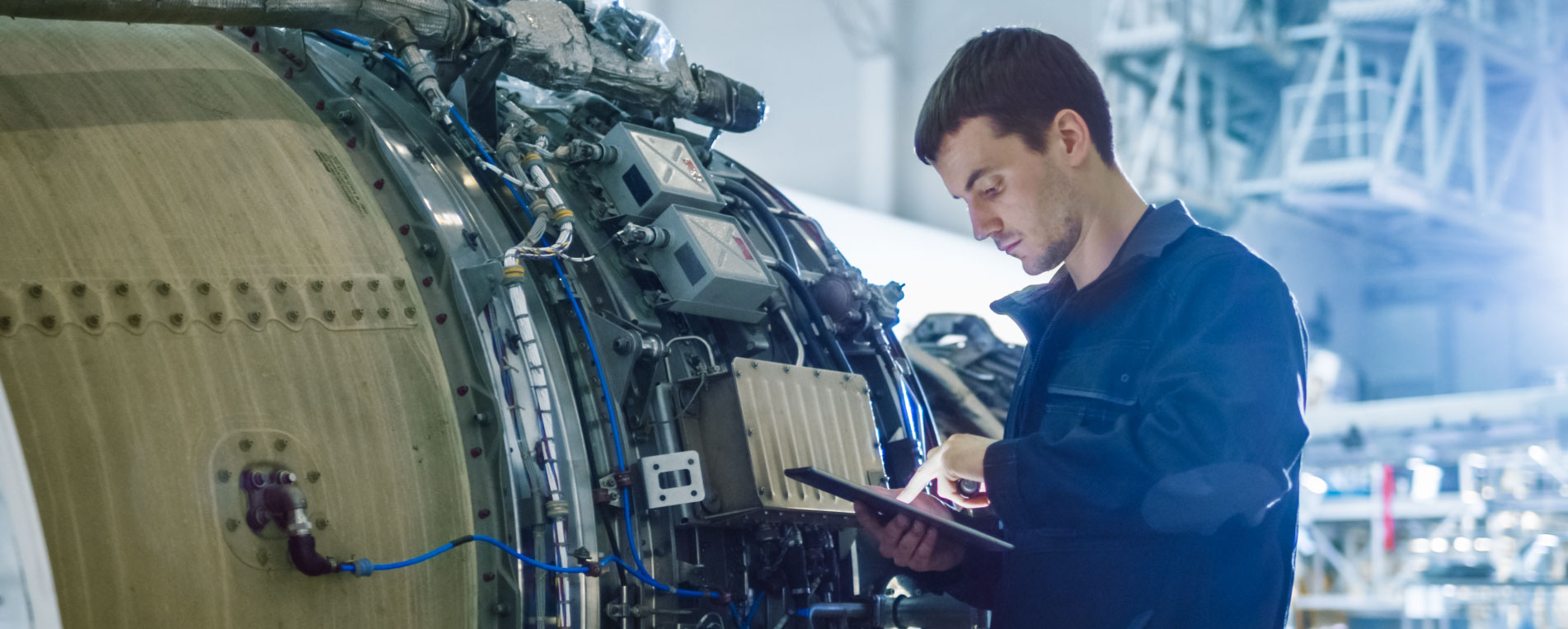Industrial Readiness: How oil, gas and mining talent is quietly powering Australia’s defence build-up
Defence

Defence
The scale of Australia’s investment in defence has been a buzzing topic in recent months. There’s been a lot of speculation regarding how much needs to be spent, but surprisingly little discussion of what is actually involved in transforming those dollars into outcomes. Regardless of the GDP percentage allotted, defence funding needs to be used for more than just new recruits and off-the-shelf technology and armaments – there is an entire civilian-staffed industry within Australia which is needed to manufacture and maintain those new defence assets. And whether Australia increases its defence investment or sticks with the current plan, there is so much in the pipeline already that a noticeable shake-up of the county’s workforce is inevitable.
As Australia retools its defence capability, a quiet but critical truth is becoming impossible to ignore: the technical workforce needed to achieve these ambitions doesn’t exist yet – at least not at the scale and breadth the sector demands.
From the nuclear submarine program under AUKUS to multi-decade naval shipbuilding and land platform upgrades, the shift from procurement to sovereign delivery has begun. But for all the focus on advanced platforms and multinational collaboration, the true bottleneck remains the workforce.
The reality is that Australia does not currently have enough defence-cleared, technically-capable professionals to deliver on the scope of the projects already in play. In order to meet our national objectives, we must think a little more creatively about where the necessary talent is going to come from.
Increasingly, defence organisations are finding their solution in the oil, gas and mining sectors.
At face value, it might make for an unexpected career path on paper, but technically and operationally, resource industries mirror defence in many of the ways that matter.
In oil, gas and mining, professionals operate in complex, multi-disciplinary environments which are governed by strict regulatory and safety regimes, with no tolerance for error. They manage large-scale capital projects, integrate complex systems, respond to operational risk in real-time, and routinely deliver under the weight of financial and reputational scrutiny.
And increasingly, the capabilities which they’ve developed across areas such as remote operations, OT cybersecurity, AI-enabled asset performance, autonomy, and predictive maintenance – align directly with defence needs.
A few examples of resource-to-defence skill transitions include:
It’s worth noting that the skill conversions above aren’t just hypothetical – they reflect real people who have already made the leap between industries.

One of the trickier barriers restricting the potential talent pool for defence projects are the non-negotiable security clearances, which can either exclude or deter potential candidates.
Whether it is a baseline clearance to work within protected information environments or NV1/NV2 for access to sensitive projects, the vetting process can be lengthy and often discourages hiring managers from considering candidates without existing defence experience and clearances.
This is a legitimate concern, especially where project timelines are tight. However, it is a strategic blind spot considering that many oil, gas and mining professionals:
It’s important to understand that the clearance process is a filter, not a wall. Brunel works with our clients to minimise the impact of these requirements and navigate the vetting cycle. We make sure that both candidates and employers have a clear understanding of what is required from the beginning so we can effectively triage realistic clearance potential and facilitate baseline applications as part of structured onboarding pipelines.
But it’s not always the worst-case-scenario – we’ve had several cases where it was possible to achieve the full mobilisation of contractors within 4 – 6 weeks, even on programs previously considered ‘defence-only’.

Can oil, gas and mining talent step into defence? Yes. They already are. The question is now whether defence stakeholders will be willing to invest in transitioning candidates, rather than relying on the already overstretched existing pool of pre-cleared talent.
For Brunel, this is a good example of how our service differs to what is offered by most generalist recruitment agencies; we don’t just submit CVs, we shape capability pipelines. We’re able to leverage the deep networks we’ve built within resources, infrastructure and other emerging industries, to identify where untapped technical strength already exists – and, critically, to manage the conversion of this talent into a defence-ready state. Technically, culturally and compliantly.
We’ve helped structural engineers move into naval architecture, OT cybersecurity leads to support defence networks, commissioning managers to integrate shipboard systems, and AI specialists to apply their models to Intelligence, Surveillance and Reconnaissance (ISR) and predictive maintenance tasks.
In each case, the technical capability existed. It just needed the right pathway to enter a defence setting.

Australia’s future defence capability won’t be built solely on steel and systems or direct members of the defence force. It will need support from civilian skillsets – engineers, analysts, planners, testers and sustainers. Some of them will come from existing defence industry circles, but many of the most valuable will not.
They’re already out there, gaining experience in the sectors that have built, operated, and maintained the infrastructure of modern Australia. With the right support, the right compliance pathways and the right mindset from hiring leaders, these professionals can form the backbone of our sovereign industrial base.
Sourcing and mobilising them may not always be simple, but Brunel is here to make it happen.

Tim Chapman is a highly-experienced recruitment manager and Australian Defence Force veteran. He has more than 10 years’ experience sourcing technical people and skills across the information technology, construction, infrastructure and life science sectors. At Brunel, he manages a high performing, technical recruitment team and brings a genuine approach to relationship management with his clients. His work is underpinned by the discipline, values and leadership he developed over the course of nine years serving in the Australian Army.